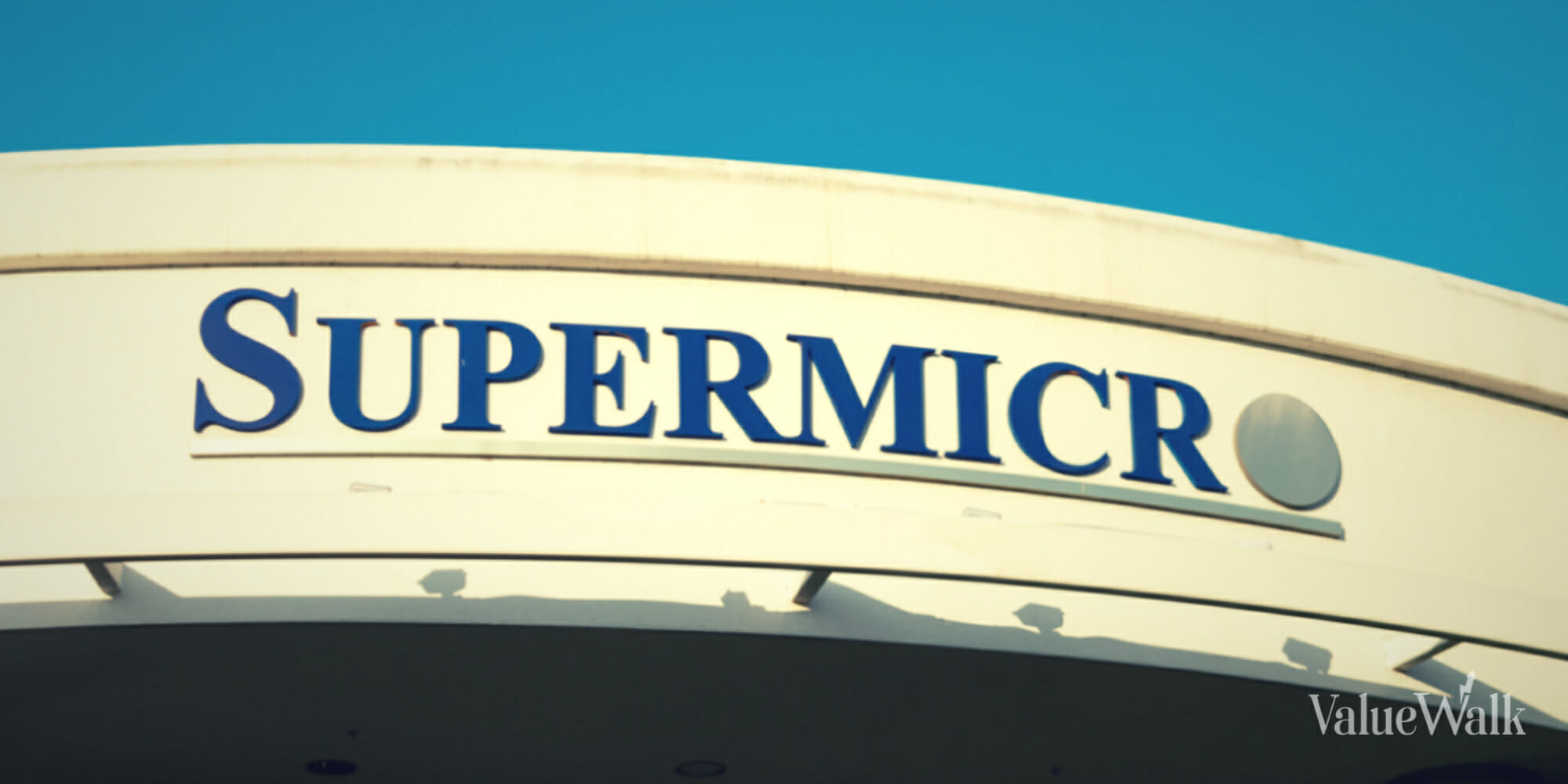Takeaways From My Trip To India by Gaurav Sinha, Asset Allocation Strategist, The WisdomTree Blog
While there are plenty of macro indicators that we can track for economic growth of a country, nothing compares to on-the-ground observations. I recently completed a weeklong trip to India and wanted to share my observations.
Infrastructural/Connectivity Development
Infrastructure is a key area of concern for India, and it was interesting to see recent progress.
- At first glance, Delhi’s international arrival terminal T3 looks like any modern airport. Walking to baggage claim, travelers navigate through numerous moving sidewalks, fancy lounges and plenty of battery-operated vehicles. For a moment, it appeared I’d boarded a flight to somewhere in the West, but I was reassured that I’d made it to India when I saw giant silver statues of mudra hand poses at the immigration counter.
- Delhi also now has a state-of-the-art subway system that runs smoothly; trains are tracked at every station, and they have superb connectivity to entire National Capital Region (i.e., Delhi and its neighboring cities/suburbs).
- Like New York (or any big city here), Delhi’s subway system connects the airport to the railway station, and you could even check in your luggage right at the railway station for a flight onward from the airport.
- Gurgaon, a satellite town of Delhi with a big presence by more than 250 Fortune 500 companies, even has an interoffice subway connected to the Delhi subway that runs from building to building. Reduced commute time hopefully goes toward enhanced productivity.
- Even airports of smaller cities (in my experience, Allahabad, Varanasi and Indore) are now much better run. Merely a couple of years ago, these were tiny, and what previously was a two-room building is now a big complex.
- Four-lane lane roads are everywhere, with stretches of even six lanes cutting right through the city. Serpentine “flyovers” (overpasses) are ubiquitous, with subway lines running in the background. A few years ago, I didn’t see even half of these flyovers, and the speed at which they were built is amazing.
Living in the U.S., I am used to fixed standards, but you realize change and, more amazingly, pace of change only when you go to a country like India. Delhi and Mumbai are now much better connected, helping in trade facilitation and easy movement of people and goods—a strong indication of India’s developmental push and potential.
Household Consumption and Retail Spending
More than 65% of India’s population is below the age of 35, and the country has one of the largest pools of skilled labor, growing at 1.5%.1 No wonder the next big change I observed was significantly increased retail spending and household consumption.
- Everywhere you go in the Delhi region, you find not just small bazaars but countless gigantic shopping malls filled with showrooms of luxurious Italian and French brands. Gurgaon alone has 26 large malls, with one of them housing 1 kilometer (0.621 miles) of shopping length on each floor.
- Smartphones are omnipresent, and markets are flooded with domestic variants of the latest iPhones (introduced by local companies such as Micromax and Lava) at one-fifth the price—implying that everyone from a rickshaw driver to an educated white-collar worker now has access to information on the fly.
- Fancy German cars are much more present even in smaller cities than they were just a few years ago. In fact, Mercedes-Benz opened a new plant in the western city of Pune in June. By some estimates, the luxury car market in India is expected to grow in 2015 at a rate of 23% to 25%, which would be tenfold growth compared to 2007.2
The increased retail spending in India seems to be here to stay. Nudged by Reserve Bank of India’s recent rate cuts, HDFC (India’s second largest private bank) cut its minimum lending rate from 9.7% to 9.35% on August 31. Other players, such as ICICI (India largest private bank) and SBI (India’s largest bank), are likely to follow, which could be a positive sign for the automobile and real estate sectors.
Not to mention, increased household expenditure is a positive sign and makes an economy better insulated from global headwinds, and India is one of the emerging markets most reliant on its own internal consumption.
Project Implementation
Indian bureaucracy is a notorious roadblock for speedy project implementation. However, I had an opportunity to hear a top government official from Maharashtra, the state that houses India’s financial capital, Mumbai, and is run by the BJP, prime minister Narendra Modi’s political party. I could gather the following:3
- One year ago, setting up a fancy hotel in Mumbai required 148 permits with an estimated two-year time frame. Now it requires 20 permits and only about two months.
- Hosts of projects with aggressive timelines are planned (e.g., a coastal highway connecting Mumbai to its western suburbs, subway projects in cities like Pune and Nagpur, a multimodal international passenger airport at Nagpur).
- Acquisition for industrial land, which is often a cause of worry in India, has actually been increasing at an annual rate of 6.85% in the state.
When looking in from outside, we tend to miss finer details, and my trip was critical in giving me a glimpse of how fast things are changing at a grassroots level. If what I witnessed in a mere six days and a couple of cities is to be extrapolated across the entire country, I am pretty confident about a vibrant, growing India.
1Source: World Bank.
2Source: Research report by the Indian Institute of Management, Ahmedabad (IIM-Ahmedabad).
3Source: Government of Maharashtra.
Important Risks Related to this Article
Investments in emerging, offshore or frontier markets are generally less liquid and less efficient than investments in developed markets and are subject to additional risks, such as risks of adverse governmental regulation and intervention or political developments.
Investments focused in India increase the impact of events and developments associated with the region, which can adversely affect performance.





